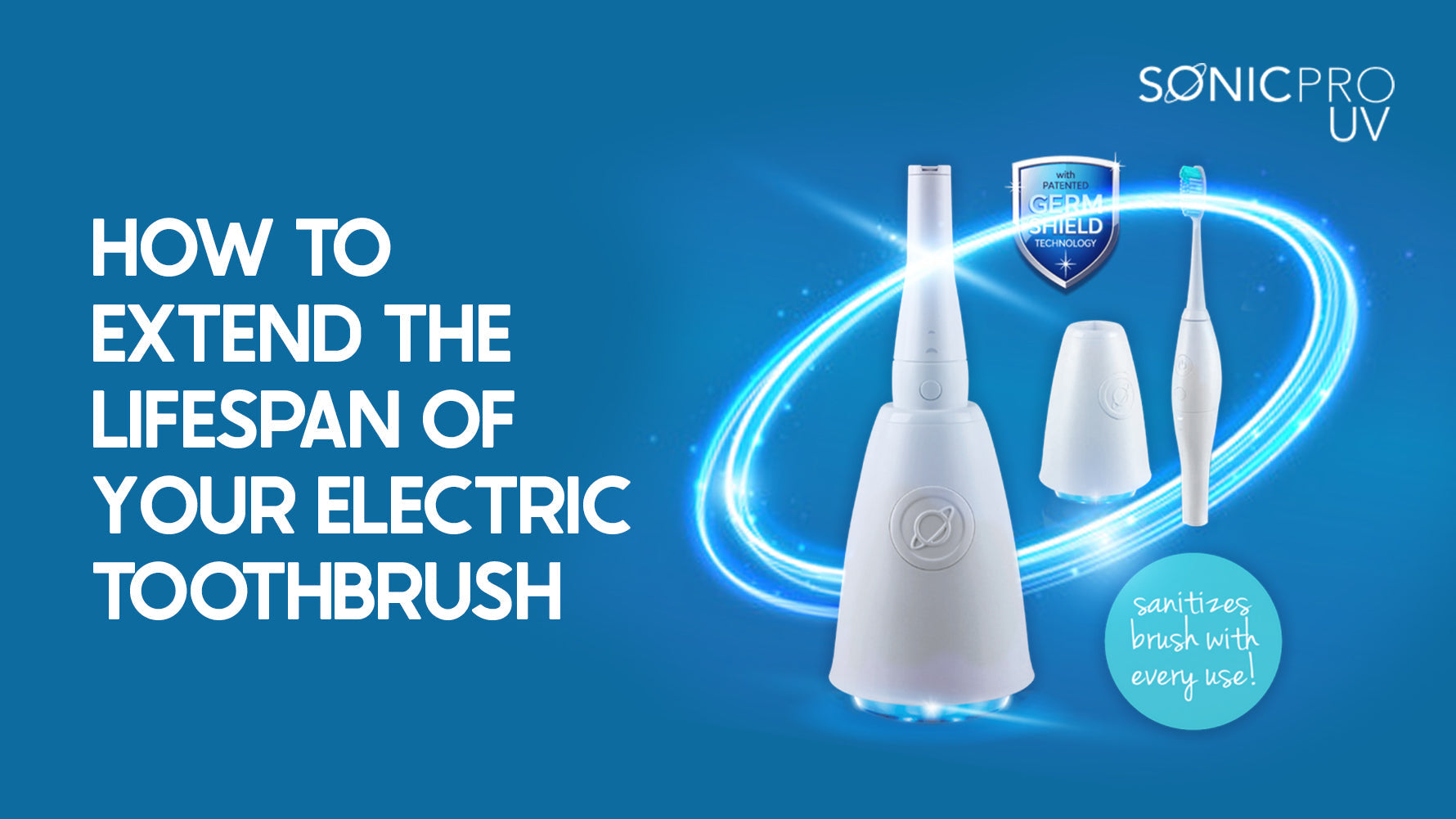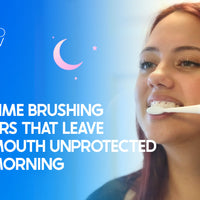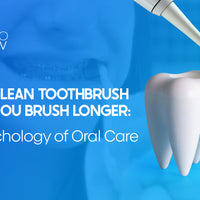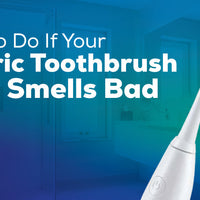Summary:
-
Proper cleaning and drying after each use is essential for extending your electric toothbrush’s lifespan.
-
Avoiding overcharging and charging only when needed can help preserve battery health.
-
Replace brush heads every 2–3 months to maintain performance and protect the motor.
-
Storing your toothbrush upright in a dry, cool area prevents moisture buildup and bacteria growth.
-
Be alert to signs of damage, such as reduced power or flickering lights, to know when to replace your toothbrush.
An electric toothbrush is a significant investment in your oral hygiene routine. To ensure it continues to provide effective cleaning, it’s essential to properly care for and maintain the device. Regular maintenance not only prolongs the toothbrush’s lifespan but also ensures it remains hygienic and efficient. This guide outlines the key steps to keep your toothbrush functioning at its best for years to come.
Cleaning & Maintenance
Keeping your electric toothbrush clean is one of the most important steps in preserving its functionality. By maintaining regular cleaning habits, you can reduce wear on the motor and other internal components.
1. Rinse After Use
After each brushing session, it is crucial to rinse the brush head and handle under water to remove any toothpaste or debris. This simple step prevents buildup that could affect the brush’s cleaning ability and hygiene.
2. Dry Completely
Once the toothbrush is rinsed, shake off any excess water and allow it to air-dry in an upright position. Keeping the bristles facing down ensures that water doesn’t seep into the handle, which could lead to internal damage or bacteria growth.
While daily cleaning after each use is essential, a more thorough, weekly clean will provide additional protection for the toothbrush’s longevity.
3. Clean Charging Ports
The charging port is another critical area that should be cleaned regularly. Dirt or moisture buildup on the charging contacts can impact the toothbrush's charging efficiency.
Wipe charging contacts: Use a damp cloth to gently wipe down the charging contacts on both the toothbrush handle and the charging base. Afterward, use a cotton swab to dry the areas thoroughly.
Avoid enclosed storage: Do not store the toothbrush in a travel case or enclosed container while it is damp, as this can trap moisture and encourage bacterial growth.
Charging Best Practices
Proper charging habits are key to extending the life of the toothbrush’s battery. Overcharging or incorrect charging can degrade the battery over time, shortening its lifespan.
Avoid Overcharging
It is essential to unplug the toothbrush once it is fully charged. Leaving the toothbrush plugged in continuously can lead to overcharging, which may degrade the battery’s performance.
Charge Only When Needed
Instead of charging the toothbrush every day, wait until the battery is low. Charging only when needed helps reduce unnecessary strain on the battery and prolongs its life.
Follow Manufacturer Guidelines
Always refer to the manufacturer’s manual for the recommended charging practices, including specific instructions for initial charging and maintenance. This ensures optimal battery health.
Keep Charging Base Clean
The charging base should also be kept free of dust and moisture to ensure that charging remains efficient. Simply wipe down the charging base regularly to avoid any disruptions in the charging process.
Proper Handling & Storage
Handling and storing your electric toothbrush properly is just as important as cleaning it. The way you store and use the toothbrush can affect its longevity.
Gentle Use
To avoid wearing down the internal motor, it is important not to press too hard while brushing. Let the sonic motor do the work for you to avoid unnecessary strain on the brush’s motor.
No Dropping
Electric toothbrushes can be delicate. Dropping the toothbrush may cause internal damage, especially to the motor and battery. Always handle your toothbrush with care to ensure it remains in good working condition.
Replace Brush Heads
Brush heads should be replaced every 2–3 months, or sooner if you notice that the bristles are becoming frayed. Regular brush head replacements not only keep your brushing effective but also prevent unnecessary stress on the toothbrush motor.
Ideal Storage
Store the toothbrush upright in a dry, cool area, such as an open countertop. Avoid storing it in damp places, like bathroom drawers, as the humidity can damage both the motor and internal components.
Signs Your Toothbrush Needs Replacing
It’s important to pay attention to signs that your toothbrush may be nearing the end of its life. Early detection of these issues can help you determine when it’s time to replace the toothbrush.
1. Weak Battery Life
If your toothbrush struggles to hold a charge or dies quickly, the battery may be losing its ability to retain charge, and it might need replacing.
2. Reduced Power
Noticeably weaker vibrations or diminished cleaning power are signs that the toothbrush’s motor is beginning to degrade.
3. Flickering Lights
If the lights on your toothbrush start flickering, it may be indicative of an electrical issue. This could mean that the internal components are starting to fail.
4. Unusual Noises
Unusual or grinding noises from the motor could signal internal wear. If these sounds persist, it is a good indication that the toothbrush may need replacement.
Conclusion
By following these simple maintenance and care tips, the lifespan of your electric toothbrush can be significantly extended. Proper cleaning, charging habits, and storage techniques help ensure that your toothbrush stays functional and efficient for years. Replacing the brush heads regularly and recognizing the signs of wear can further maximize its performance and longevity.
FAQs
Q: Can I use third-party brush heads with my electric toothbrush?
A: Always check compatibility with your toothbrush model before using third-party brush heads. Using incompatible brush heads could void the warranty or affect the performance of your toothbrush.
Q: Is it bad to leave my toothbrush plugged in 24/7?
A: Yes, leaving your toothbrush plugged in at all times can shorten its battery lifespan. It’s recommended to unplug the toothbrush once it’s fully charged.
Q: How do I disinfect the handle of my electric toothbrush?
A: To disinfect the handle, wipe it with a cloth dipped in rubbing alcohol. Avoid submerging the handle in water to prevent damage to the internal components.







